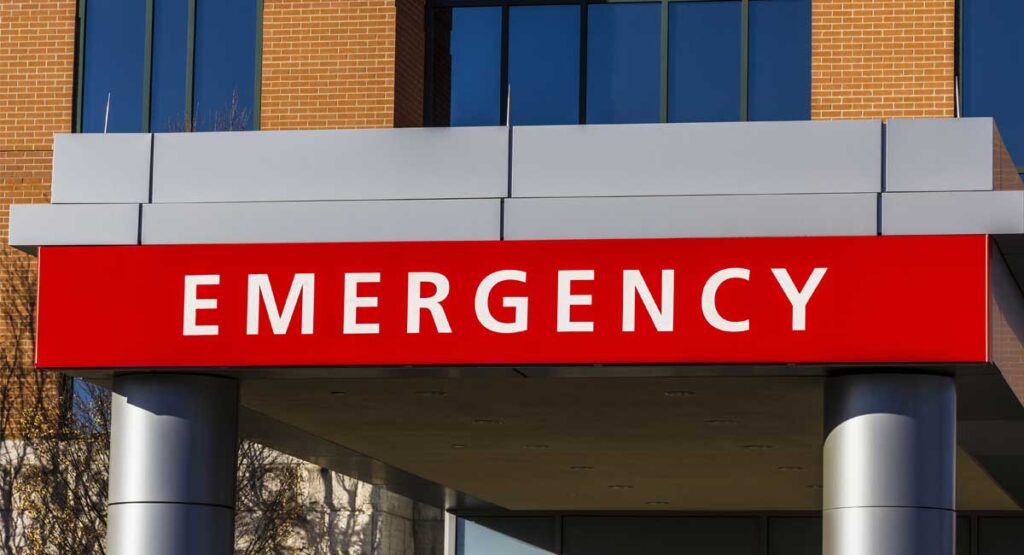A new study published in the open access, peer-reviewed International Journal of Epidemiology and Public Health Research finds that emergency department visits are more likely to have high to severe acuity than those following surgical abortion, live birth, or for any reason by a woman who was never pregnant. The study sought to compare the acuity of emergency department visits within a defined population of women who had undergone induced abortion or birth. The authors analyze cohorts of women who were 16 in 1999 and enrolled in Medicaid at least one month per year through 2015 and analyzed the coding of their emergency department visits following chemical abortion, surgical abortion, or live birth from 2004-2015. A 5% sample from a similar cohort of Medicaid enrollees with no history of pregnancy was also analyzed. They used ICD-9 and ICD-10 codes to determine the types of pregnancy outcomes associated with the ED visit and used Current Procedure Technology (CPT) codes to categorize the severity of the presenting problem and the complexity of medical decision making required to treat it. The visits were categorized as nonurgent, urgent, moderate, severe, or critical.
The study found that, compared to emergency department visits by women with no pregnancy history,
- visits following chemical abortion were 2.01 times as likely to be rated severe or critical;
- visits following surgical abortion were 1.53 times as likely to be rated severe or critical;
- and visits following a live birth were 1.01 times as likely to be rated severe or critical.
This means that, compared to emergency department visits following chemical abortion,
- visits by never-pregnant women were 0.48 times (about half) as likely to be rated severe or critical;
- Visits following a live birth were 0.52 times (about half) as likely to be rated as severe or critical;
- And visits following a surgical abortion were 0.73 times as likely to be rated severe or critical.
These findings offer important evidence refuting a common pro-abortion claim that the 1 in 25 women who visit the emergency room following a chemical abortion frequently do so for observation care purposes rather than treatment for complications.






